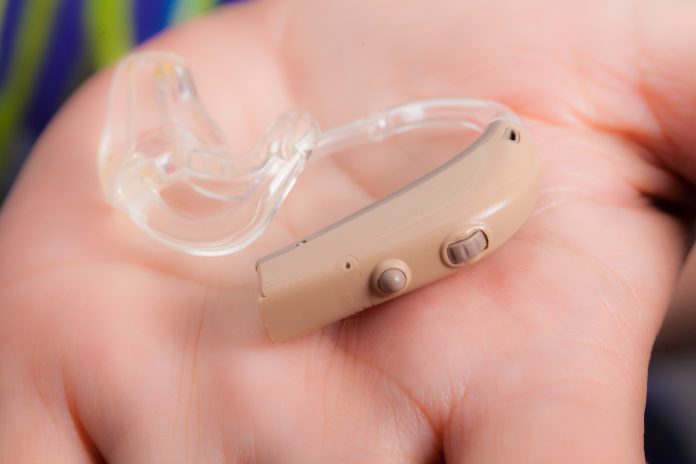I’m sure you know what a hearing aid is and what it is for, but how does it work and what are the differences between different models? There are four basic components to a hearing aid. The first is a microphone which picks up the incoming sound. Next you have the amplifier which takes the audio signal and increases the strength of it. The third component is the speaker, referred to as the receiver which takes the amplified signal and converts it into sound waves and lastly, we have the battery which provides power to the unit. Let’s look at the amplifier a little closer.
The amplifier can be broken down into two main types: analog and digital. You can think of analog as being like an analog watch. It’s usually reliable and it can do one thing – count seconds. An analog hearing aid is reliable, but can only do one thing – amplify sounds. It doesn’t matter if that sound is someone talking to you, a horn blaring on a car or your refrigerator. I’m sure you’ve heard the common complaint of people hearing too much background noise. This is why.
Digital hearing technology was released in 1996 and has continued to make significant improvements since that time. Digital simply means it is run by a computer chip instead of a traditional amplifier. The benefit that this affords is that the sound is being controlled by software, or programs. As the physical components improve we can write more complex programs which can make more accurate and precise adjustments to the hearing aids. Advanced digital hearing aids can be adjusted more accurately to a person’s hearing loss and can reduce (not eliminate) the background noise more accurately to enhance comprehension and comfort. There is a definitive connection between the complexity of computer chip used and a person’s satisfaction with the hearing aids. People who are working with basic technology are less satisfied with their hearing aids and are returning more often for adjustments than people who are wearing advanced technology. Unfortunately, there is a substantial cost difference from the manufacturers between basic and advanced, but I see the advantages every single day in terms of satisfaction.
Aside from the complexity of the computer chip, the hardware used within the hearing aids must be well made. Cheap microphones break down and result in costly repairs. You want to ensure that the quality of the components is good. Hearing aids shouldn’t have to be replaced every three years.
As with anything, you get what you pay for.
























